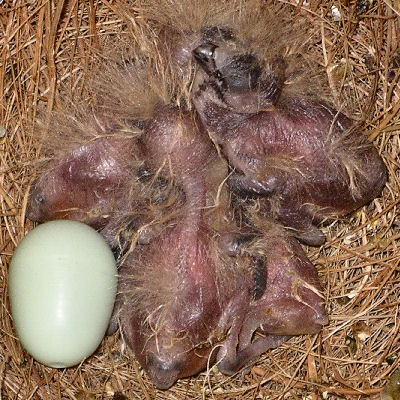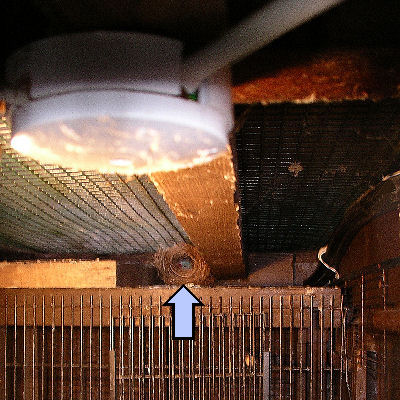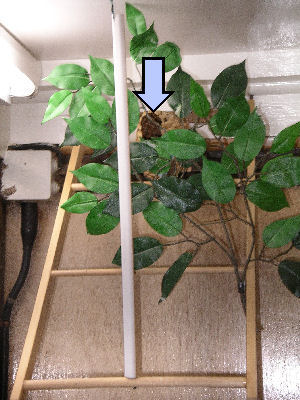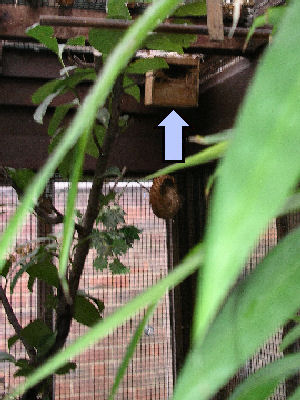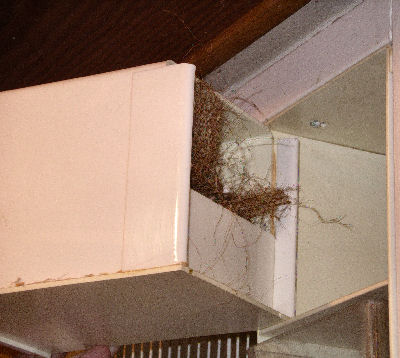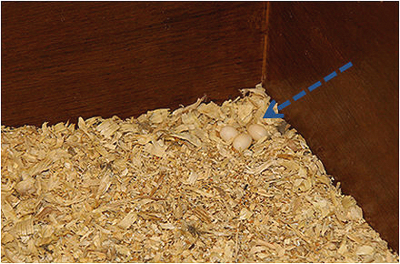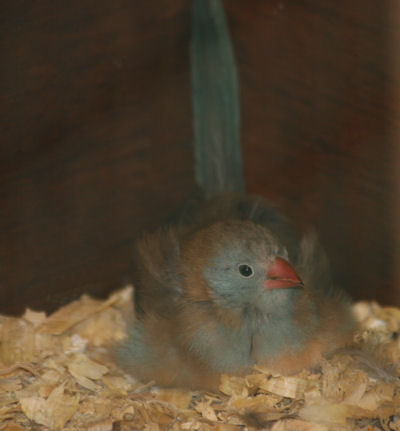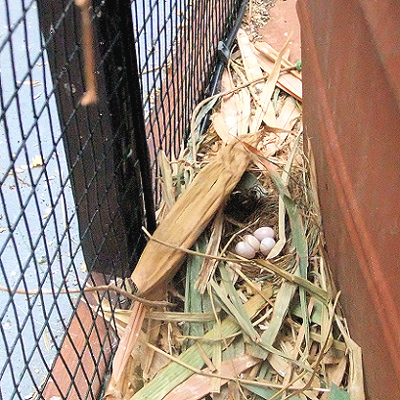Blue-capped Cordon Bleu Waxbill
Blue capped | Blue headed | Cordon Bleu Waxbill
Breeding
Next page for photographs showing sequential -
chick development
External links
Interested in Lavender Waxbills? Housing, feeding and breeding but particularly determining
gender from calls - includes recordings.
www.lavender-waxbill.com
www.lavender-waxbill.com
Interested in parrot finches? This site covers Pintailed, Blue-faced, Red-headed and
Forbes parrot finches.
www.parrot-finches.com
www.parrot-finches.com
Are you a member of The Waxbill Finch Society? An excellent Society for advice,
booklets and videos.
www.waxbillfinchsociety.org.uk/
www.waxbillfinchsociety.org.uk/
Live in the UK? Interested in helping wildlife? This site deals with creating
a wildlife-friendly garden.
www.welcomewildlife.co.uk
www.welcomewildlife.co.uk
Birds and snorkelling photography? Both are great fun. Holiday places, info.
on cameras and snorkelling.
www.snorkellingphotography.com
www.snorkellingphotography.com
To email please click on the envelop to the right. If you can't see the envelop,
click near the top of your screen to allow ActiveX)
